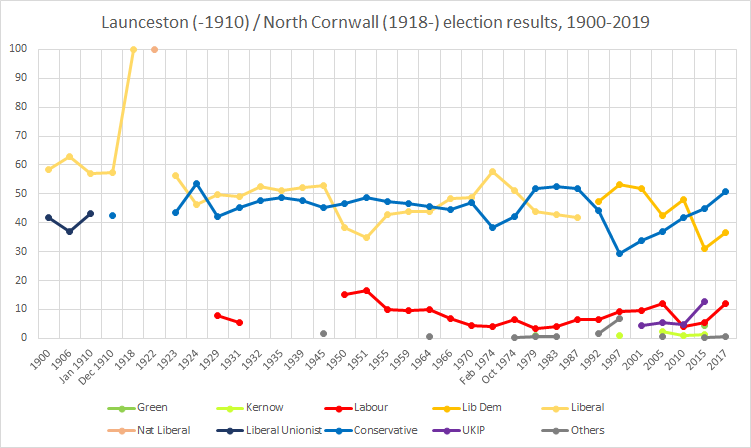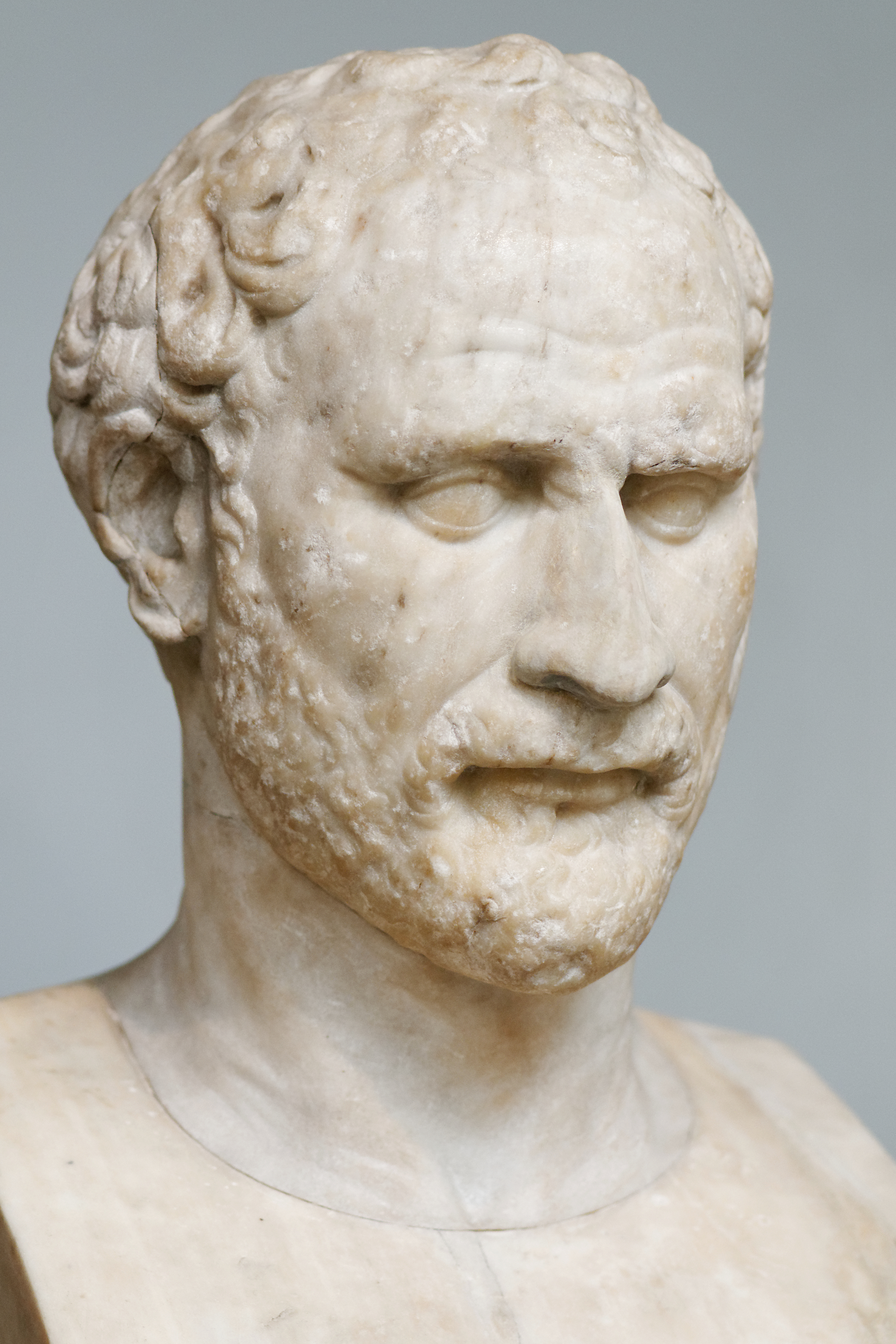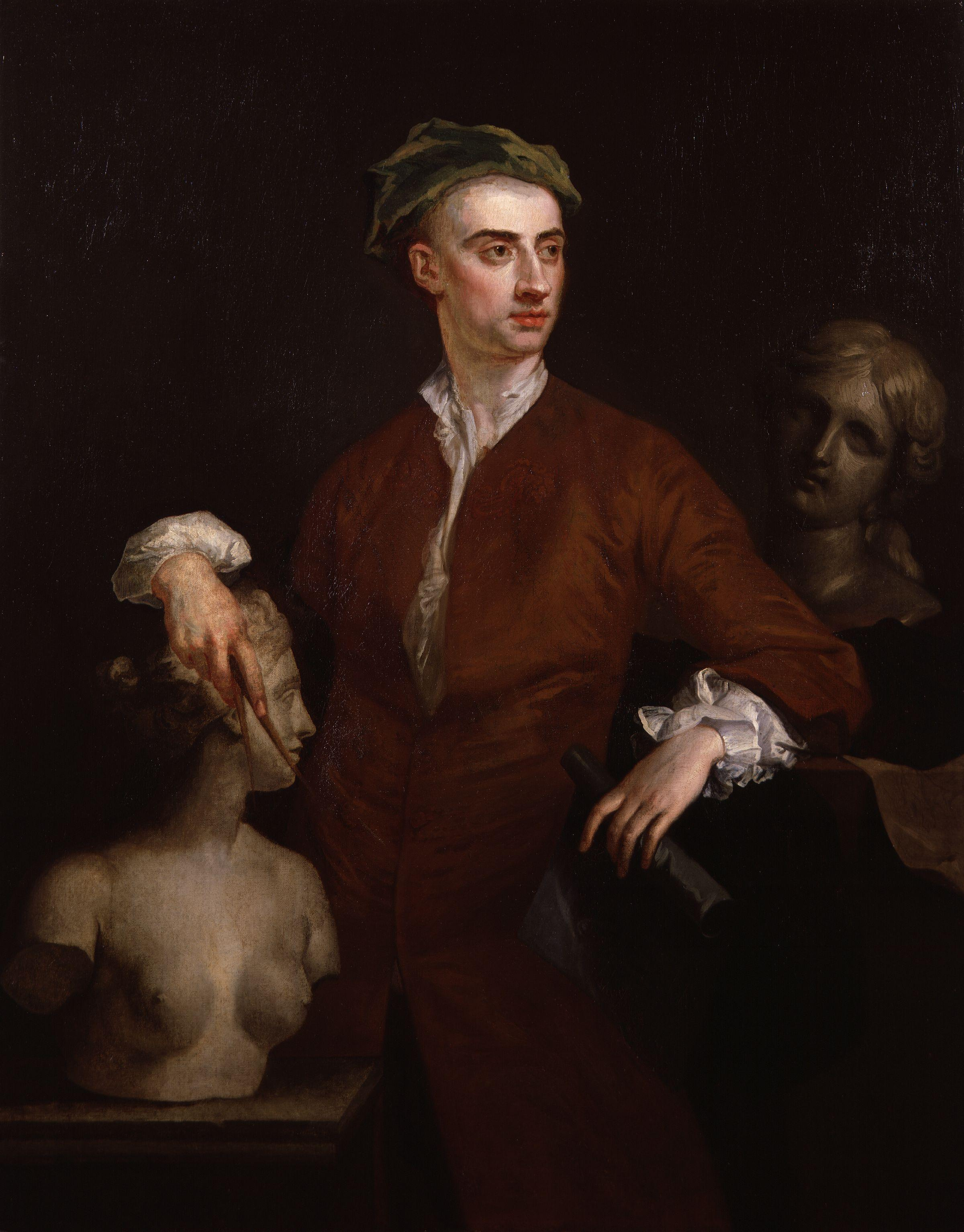|
John Freind (physician)
John Freind (1675 – 26 July 1728) was an English physician. Life He was younger brother of Robert Freind (1667–1751), headmaster of Westminster School, and was born at Croughton, Northamptonshire. He was under Richard Busby at Westminster School, and studied at Christ Church, Oxford under Henry Aldrich. After this he began the study of medicine, and having proved his scientific attainments by various treatises was appointed a lecturer on chemistry at Oxford in 1704. In the following year he accompanied the English army, under Charles Mordaunt, 3rd Earl of Peterborough, into Spain. Shortly after his return in 1713 from Flanders, where he had accompanied British troops, he took up residence in London, where he soon obtained a reputation as a physician. In 1716 he became a fellow of the Royal College of Physicians, delivered the Goulstonian Lectures in 1717, was chosen one of the censors in 1718 and Harveian orator in 1720. In 1722 he entered the House of Commons as Member of ... [...More Info...] [...Related Items...] OR: [Wikipedia] [Google] [Baidu] |
John Freind
John Freind may refer to: *Sir John Freind (conspirator) or John Friend (died 1696), English civil servant; executed *John Freind (physician) (1675–1728), English physician *Sir John Freind Robinson, 1st Baronet John Freind Robinson, 1st Baronet (born Freind; 15 February 1754 – 16 April 1832) was Archdeacon of Armagh from 1786 until his resignation in 1797. Life Robinson was the son of Dean William Freind; Henry John Todd, ''Some Account of the D ... (1754–1832) English Archdeacon of Armagh See also * John Friend (other) {{hndis, Freind, John ... [...More Info...] [...Related Items...] OR: [Wikipedia] [Google] [Baidu] |
Launceston (UK Parliament Constituency)
Launceston, also known at some periods as Dunheved, was a parliamentary constituency in Cornwall which returned two Members of Parliament to the British House of Commons from 1295 until 1832, and one member from 1832 until 1918. It was a parliamentary borough until 1885, and a county constituency thereafter. Boundaries 1832–1885: The old Borough of Launceston and the Parish of St Stephen, and all such parts of the several Parishes of Lawhitton, St Thomas the Apostle, and South Petherwin as are without the old Borough of Launceston. 1885–1918: The Sessional Division of East Middle, East North, Lesnewth, and Stratton, and part of the Sessional Division of Trigg. History Launceston was one of 21 parliamentary boroughs in Cornwall between the 16th and 19th centuries; unlike many of these, which had been little more than villages even when established and were rotten boroughs from the start, Launceston had been a town of reasonable size and importance though much in decline ... [...More Info...] [...Related Items...] OR: [Wikipedia] [Google] [Baidu] |
John Wigan (physician)
John Wigan (; 31 January 1696 – 5 December 1739) was a prominent British physician, poet and author of the early eighteenth century whose writings and translations were popular and widely referred to during the period. He served as principal of New Inn Hall at Oxford University between 1726 and 1732 and was physician of Westminster Hospital between 1733 and 1738. In 1738 he travelled to Jamaica with Edward Trelawny and died there a year later in December 1739. Career John Wigan was born in 1696, the son of William Wigan, rector of Kensington and Mary (nee Sonds). At 14, Wigan was admitted to Westminster School and from there moved to Christ Church, Oxford where he obtained his BA, MA and MD. In 1726, during his final year of studies he was made principal of New Inn Hall and was already a celebrated writer on medical topics and poet. His 1723 translation of the works of Aretaeus of Cappadocia was widely remarked on and was used as the basis of Herman Boerhaave's work on ... [...More Info...] [...Related Items...] OR: [Wikipedia] [Google] [Baidu] |
Henry Levett
Dr Henry Levett (c.1668 – 2 July 1725) was an English physician who wrote a pioneering tract on the treatment of smallpox and served as chief physician at the Charterhouse, London. Early life Henry Levett was born in about 1668, the son of William Levett Esq. of Swindon and Savernake Forest, Wiltshire, courtier to King Charles I of England, who accompanied the King during his imprisonment and to his eventual execution. Levett was educated at Charterhouse School, and then attended Magdalen College, Oxford, in 1686 at the age of 17. He graduated with an M.D. from Oxford in 1699. Career Levett settled in London, where he was elected physician to St. Bartholomew's Hospital in 1707 and became physician to the nearby Charterhouse in 1713, an early pioneer of the connection between the two institutions. He was also a ground-breaking doctor. In 1710 he wrote a paper at the request of Dr John Freind urging the use of "cathartics" (purgatives) in treating smallpox. Levett had made a ... [...More Info...] [...Related Items...] OR: [Wikipedia] [Google] [Baidu] |
Sir Isaac Newton
Sir Isaac Newton (25 December 1642 – 20 March 1726/27) was an English mathematician, physicist, astronomer, alchemist, theologian, and author (described in his time as a "natural philosopher"), widely recognised as one of the greatest mathematicians and physicists and among the most influential scientists of all time. He was a key figure in the philosophical revolution known as the Enlightenment. His book (''Mathematical Principles of Natural Philosophy''), first published in 1687, established classical mechanics. Newton also made seminal contributions to optics, and shares credit with German mathematician Gottfried Wilhelm Leibniz for developing infinitesimal calculus. In the , Newton formulated the laws of motion and universal gravitation that formed the dominant scientific viewpoint for centuries until it was superseded by the theory of relativity. Newton used his mathematical description of gravity to derive Kepler's laws of planetary motion, account for ti ... [...More Info...] [...Related Items...] OR: [Wikipedia] [Google] [Baidu] |
Ctesiphon (orator)
Ctesiphon (, ''Ktēsiphôn'') was an orator in Athens during the reign of Alexander the Great. He is best known for sparking the controversy that led to Demosthenes' speech ''On the Crown'' and Aeschines' speech ''Against Ctesiphon''. In 336 BC, Alexander the Great's empire was spreading, and many in Athens were opposed to the ongoing wars. Among the most outspoken was the orator Demosthenes. In 336 BC, Ctesiphon proposed that Athens honor Demosthenes for services to the city by presenting him with a golden crown. This proposal became a political issue, and in 330 BC, Aeschines prosecuted Ctesiphon on charges of legal irregularities. In his most brilliant speech, ''On the Crown'', Demosthenes effectively defended Ctesiphon and attacked vehemently those who backed Alexander the Great's empire. As to legal irregularities, Aeschines prosecuted Ctesiphon for having violated the law in three points: * For making false allegations in a state document. * For unlawfully conferring a crown ... [...More Info...] [...Related Items...] OR: [Wikipedia] [Google] [Baidu] |
Demosthenes
Demosthenes (; el, Δημοσθένης, translit=Dēmosthénēs; ; 384 – 12 October 322 BC) was a Greek statesman and orator in ancient Athens. His orations constitute a significant expression of contemporary Athenian intellectual prowess and provide insight into the politics and culture of ancient Greece during the 4th century BC. Demosthenes learned rhetoric by studying the speeches of previous great orators. He delivered his first judicial speeches at the age of 20, in which he successfully argued that he should gain from his guardians what was left of his inheritance. For a time, Demosthenes made his living as a professional speechwriter ( logographer) and a lawyer, writing speeches for use in private legal suits. Demosthenes grew interested in politics during his time as a logographer, and in 354 BC he gave his first public political speeches. He went on to devote his most productive years to opposing Macedon's expansion. He idealized his city and stro ... [...More Info...] [...Related Items...] OR: [Wikipedia] [Google] [Baidu] |
Aeschines
Aeschines (; Greek: , ''Aischínēs''; 389314 BC) was a Greek statesman and one of the ten Attic orators. Biography Although it is known he was born in Athens, the records regarding his parentage and early life are conflicting; but it seems probable that his parents, though poor, were respectable. Aeschines' father was Atrometus, an elementary school teacher of letters. His mother Glaukothea assisted in the religious rites of initiation for the poor. After assisting his father in his school, he tried his hand at acting with indifferent success, served with distinction in the army, and held several clerkships, amongst them the office of clerk to the '' Boule.'' This references: * Rudolf Hirzel, ''Der Dialog''. i. 129–140 *Theodor Gomperz, ''Greek Thinkers'', vol. iii. p. 342 (Eng. trans. G. G. Berry, London, 1905) Among the campaigns that Aeschines participated in were Phlius in the Peloponnese (368 BC), Battle of Mantinea (362 BC), and Phokion's campaign in Euboea (349 BC) ... [...More Info...] [...Related Items...] OR: [Wikipedia] [Google] [Baidu] |
Peter Foulkes
Peter Foulkes (1676–1747) was a Welsh churchman and academic. Life He was the third son of Robert Foulkes of Llechryd, Denbighshire, deputy baron of the court of exchequer of Chester, by Jane Ameredith of Landulph, Cornwall. He was admitted king's scholar at Westminster School in 1690, and was elected thence to a Westminster studentship at Christ Church, Oxford in 1694. He took the degrees of B.A. in 1698, M.A. in 1701. He was chosen censor at Christ Church in 1703, in preference to Edmund Smith, the poet, and was junior proctor for 1705. His cousin William Jane, who died in 1707, left him wealthy as residuary legatee and devisee of his property, which included land in Liskeard and Bodmin; consequently he was a grand compounder for the degrees of B.D. and D.D. in 1710. He was appointed canon of Exeter Cathedral in 1704, and became sub-dean in 1723, chancellor in May 1724, and precentor in 1731. At Christ Church he was made canon in November 1724, and was sub-dean from 1725 to 1 ... [...More Info...] [...Related Items...] OR: [Wikipedia] [Google] [Baidu] |
John Michael Rysbrack
Johannes Michel or John Michael Rysbrack, original name Jan Michiel Rijsbrack, often referred to simply as Michael Rysbrack (24 June 1694 – 8 January 1770), was an 18th-century Flemish sculptor, who spent most of his career in England where he was one of the foremost sculptors of monuments, architectural decorations and portraits in the first half of the 18th century. His style combined the Flemish Baroque with Classical influences. He operated an important workshop whose output left an important imprint on the practice of sculpture in England.Robert Williams and Katharine Eustace, ''Rysbrack family [Rysbraeck ' at Grove Art Online Accessed 25 March 2021 Family background and early life Rysbrack was born on 24 June 1694 in |
James Gibbs
James Gibbs (23 December 1682 – 5 August 1754) was one of Britain's most influential architects. Born in Aberdeen, he trained as an architect in Rome, and practised mainly in England. He is an important figure whose work spanned the transition between English Baroque architecture and Georgian architecture heavily influenced by Andrea Palladio. Among his most important works are St Martin-in-the-Fields (at Trafalgar Square), the cylindrical, domed Radcliffe Camera at Oxford University, and the Senate House at Cambridge University. Gibbs very privately was a Roman Catholic and a Tory. Because of this and his age, he had a somewhat removed relation to the Palladian movement which came to dominate English architecture during his career. The Palladians were largely Whigs, led by Lord Burlington and Colen Campbell, a fellow Scot who developed a rivalry with Gibbs. Gibbs' professional Italian training under the Baroque master Carlo Fontana also set him uniquely apart from the ... [...More Info...] [...Related Items...] OR: [Wikipedia] [Google] [Baidu] |
Westminster Abbey
Westminster Abbey, formally titled the Collegiate Church of Saint Peter at Westminster, is an historic, mainly Gothic church in the City of Westminster, London, England, just to the west of the Palace of Westminster. It is one of the United Kingdom's most notable religious buildings and since Edward the Confessor, a burial site for English and, later, British monarchs. Since the coronation of William the Conqueror in 1066, all coronations of English and British monarchs have occurred in Westminster Abbey. Sixteen royal weddings have occurred at the abbey since 1100. According to a tradition first reported by Sulcard in about 1080, a church was founded at the site (then known as Thorney Island) in the seventh century, at the time of Mellitus, Bishop of London. Construction of the present church began in 1245 on the orders of Henry III. The church was originally part of a Catholic Benedictine abbey, which was dissolved in 1539. It then served as the cathedral of the Dioce ... [...More Info...] [...Related Items...] OR: [Wikipedia] [Google] [Baidu] |




_-_BEIC_6353776.jpg)


